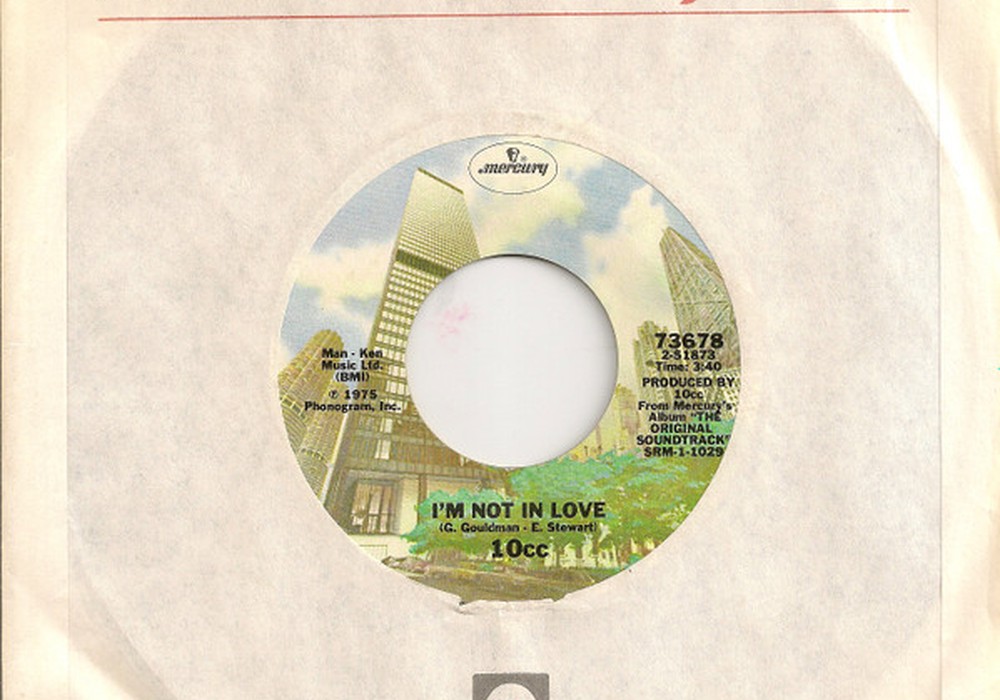More and more the computer is becoming a part of the studio. In many studios it has even replaced the tape machine. Because of this many companies are putting a lot of effort in to creating tools for getting good sound in and out of the computer. This is a challenging job because there are things that we like about the way a tape recording sounds. We like how the tape can be hit hard and will harmonically distort the sound in a pleasing fashion. This is something many people aren't willing to give up, even if the computer provides them with powerful editing tools.
Enters DBX with their 386 dual vacuum tube preamp. They have combined tubes with some cleaver algorithms to create a box that acts like the front end of the tape machine for the computer. By means of their Tape Saturation Emulation (TSE) and the DBX Type IV conversion system, the 386 aims towards these ends.
As a mic preamp the 386 covers all the basics. It provides 60 dB of mic gain, +/- 15 dB of output gain, 48 volt phantom power, phase reverse, 20 dB pad, 75 Hz low cut filter, an insert jack, and a line input. It even has an analog output if all you want to use it for is a mic pre.
Where the 386 shines is getting the sound into a digital recorder. Engineers that record to digital devices know that once you hit 0 dB ugly things happen. As such most of us do all manner of things to avoid hitting 0 dB. Things such as use a lower signal, creating the problem of not using all of our allotted bits, or compressing/limiting the signal which changes the sound as well. To deal with this DBX has come up with DBX Type IV conversion system.
The Type IV system uses logarithmic scaling from -4 dB to 0 dB allowing high level transient signals to pass through without clipping. Signals below -4 dB are unaffected by the scaling. This creates a system where, because of the mapping, the 386 can accept very hot signals and still not clip. Very much like how tape can handle hot signals with out causing undesirable effects.
One of the benefits of this system is keeping the high frequency content in the system. When going beyond 0 dB in a standard A to D converter the low end tends to stay in tact, but the high-end signal is lost. The reason for this is that at the clipping points there is no recording of the high-end signal. With the Type IV mapping the signal doesn't go into clipping and thereby keeps the high-end signal intact.
On the digital output of the 386 are lots of options. Bit wise it can handle 24, 20 and 16 bit words. Frequency wise 44.1, 48, 88.2, and 96 kHz. It also can dither the signal to allow 24 bit inputs to be sent to lower bit level recording devices. Both AES/EBU and sp/dif are supported.
User interface wise the 386 is pretty simple to work with. There are 3 easy to get at detented knobs per channel; one that controls the drive of the tube, one for analog output and one for digital output. By having separate level knobs for driving the different types of outputs the 386 can easily function in systems where the signal from the digital output is fed to the computer and the analog output signal is monitored. This is important as many of the digital recording systems have a serious lag time outputting the incoming signal for monitoring.
There are a series of easy to reach quality feeling buttons that light up in different colors indicating which mode they are in. These control things like input selection, phantom power, pad, low cut, phase and the digital settings. It's all straightforward once some time has been spent with the 386. There are two 12-segment meters, one for each channel that indicates the output level. Each meter can be switched to show either the analog output or the digital output.
As a convenience feature there...
Interviews | No. 165
Dan Johnson: Preserving the Past
by Larry Crane
In a nondescript office building out in Burbank, California, you'll find Audio Archiving Services, Inc. Run by Dan Johnson, these rooms are full of all types of audio playback devices, and Dan...








